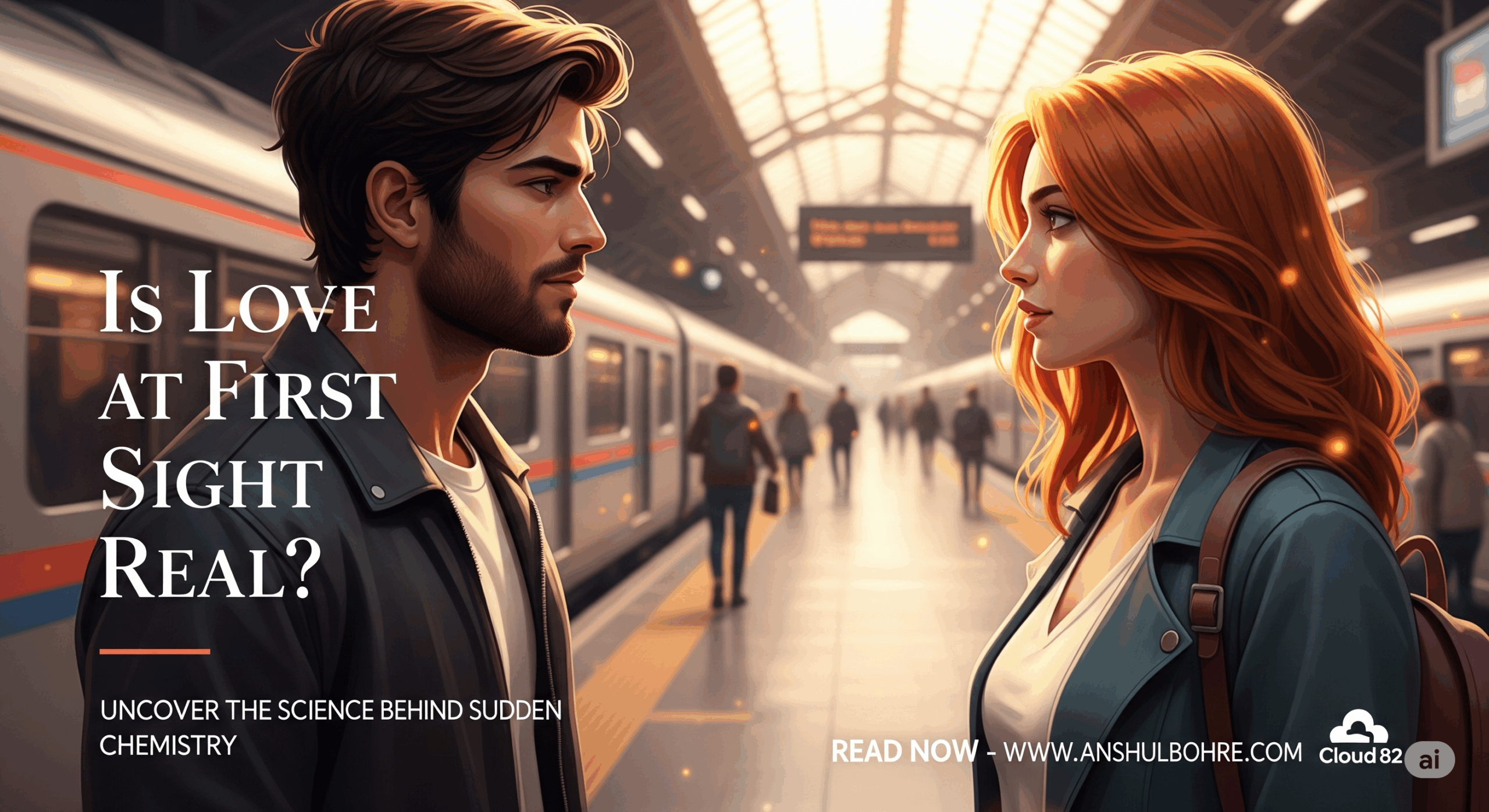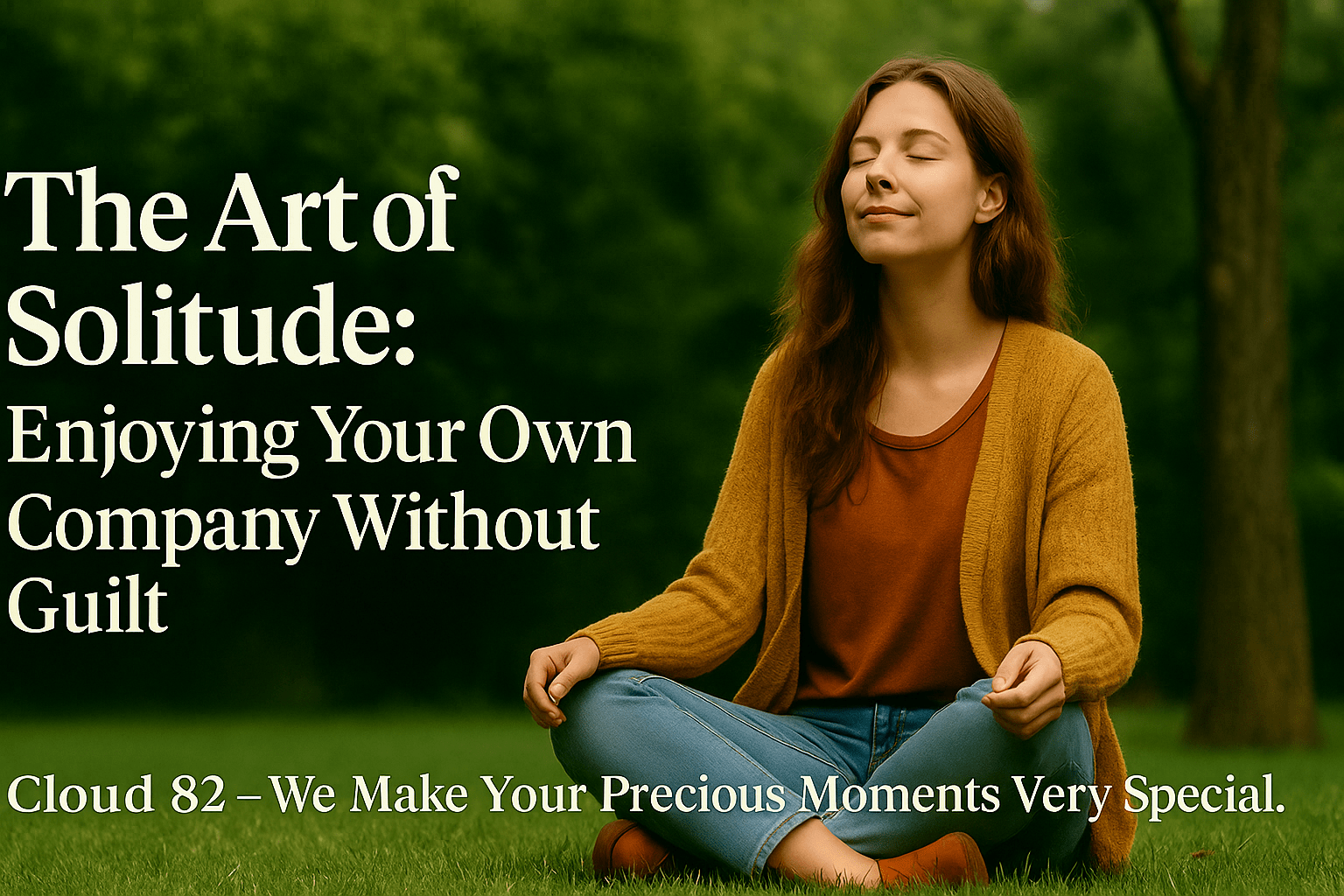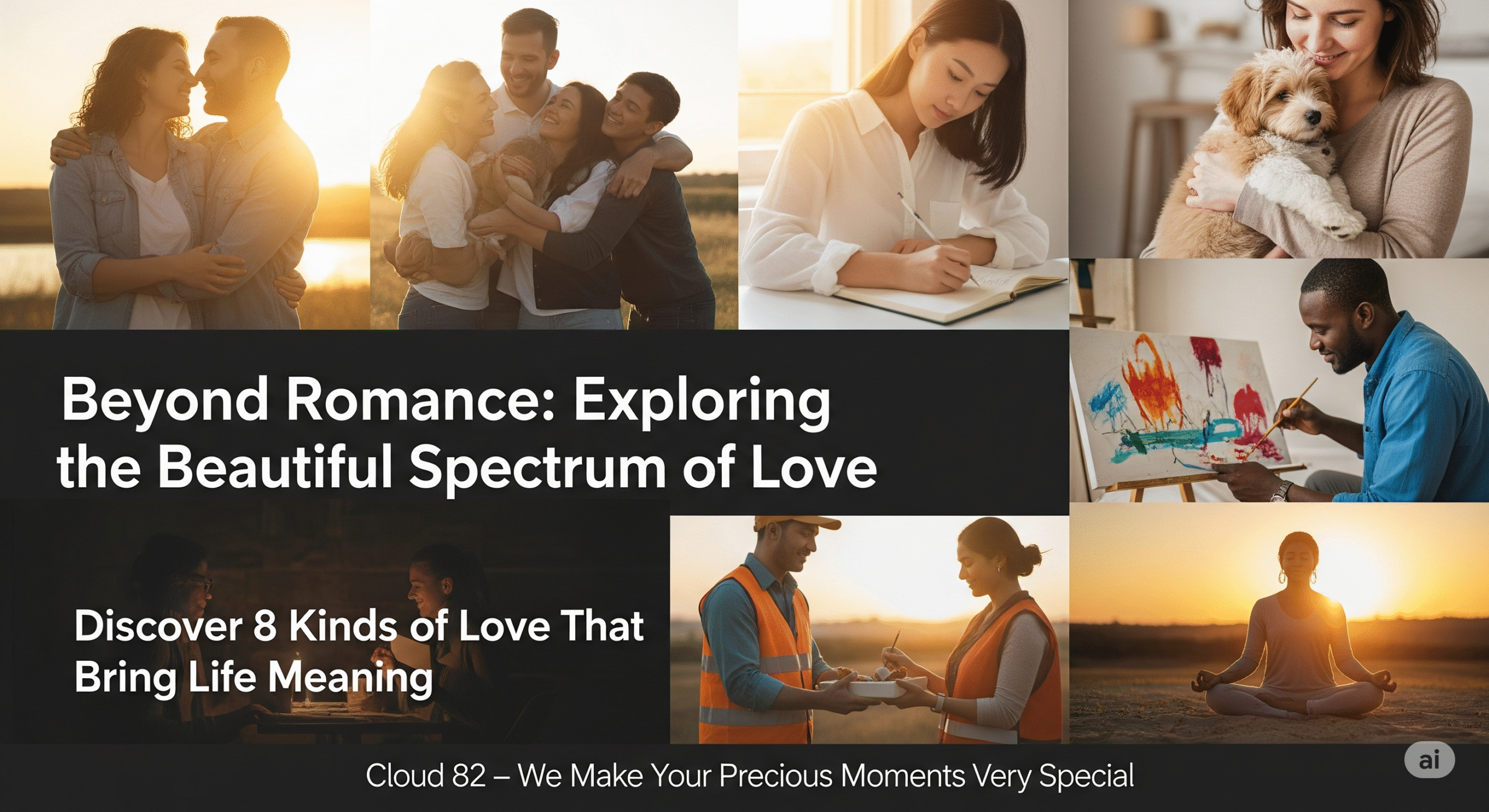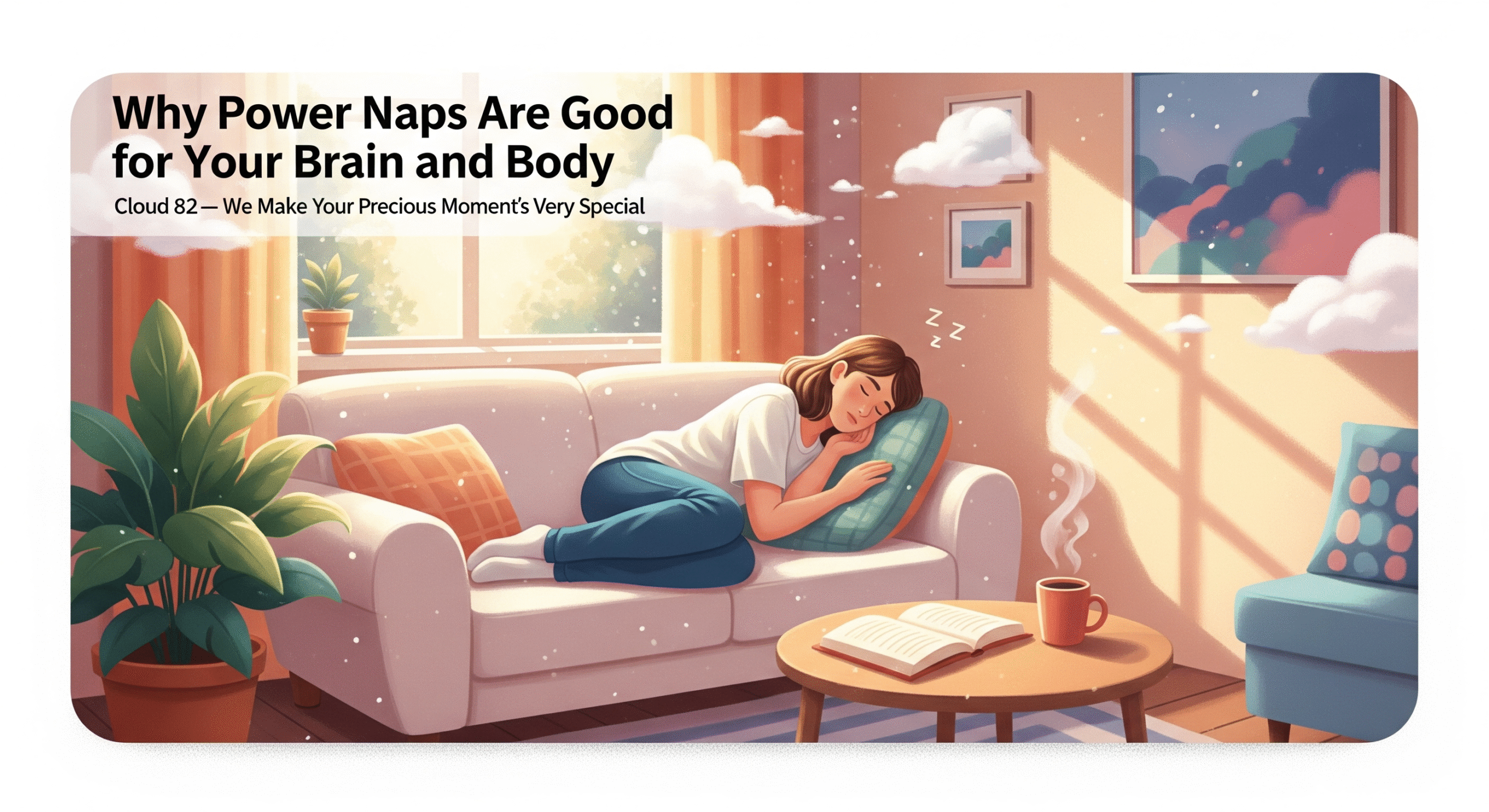Is Love at First Sight Real? Exploring the Psychology Behind Instant Connection
We’ve all heard the stories—two people lock eyes across a crowded room and instantly know. The idea of “love at first sight” has been romanticized in movies, books, and pop culture. But is there any truth to this phenomenon, or is it just poetic fantasy?
In today’s post, we dive into the psychology, science, and emotional nuance behind those fleeting moments that feel life-changing.
🧠 What Is “Love at First Sight,” Really?
Love at first sight is often described as an instant, powerful emotional attraction to a stranger. But is it truly love, or something else?
- Psychologists label it more accurately as “initial attraction” or “instant chemistry.”
- Neuroscience shows that our brain releases dopamine, oxytocin, and adrenaline when we feel an intense pull toward someone.
- Cultural influence: Many of us are conditioned to recognize this emotional “spark” as love.
🗨️ “It’s not love—it’s the possibility of love.” — Psychology Today
🔍 The Science Behind Instant Attraction
Here’s what happens in the brain:
- Visual cues (facial symmetry, body language, eye contact) trigger primal interest.
- Mirror neurons simulate emotional connection before a word is spoken.
- Hormonal surges cause feelings of warmth, familiarity, or even infatuation.
- People often describe it as “recognizing a soul” or feeling a magnetic pull.
🧪 Fun Fact: Studies show that within 0.13 seconds of seeing someone, the brain decides whether it finds them attractive.
💘 Instant Connection vs. Real Love
It’s important to distinguish between:
| Instant Connection | Real Love |
| Emotionally intense | Emotionally sustainable |
| Sparked by novelty | Built on trust & shared values |
| Visceral, magnetic | Deep, evolving bond |
| Can be misleading | Grows over time |
While instant connection is real and powerful, it’s only the beginning of a deeper journey.
💬 Real People, Real Experiences
Here are a few anonymous reflections from people who claim to have experienced love at first sight:
- 🧑🎓 “When I saw her, I felt like I had known her forever.”
- 👩🎨 “It wasn’t about how she looked—it was the energy in the room.”
- 👨⚕️ “We spoke for five minutes, but I still remember that moment a decade later.”
These stories highlight one truth: the impact is real, even if the label is subjective.
🔑 Can Instant Attraction Turn into Lasting Love?
Yes, but with effort. Some tips:
- Slow down: Let connection evolve naturally.
- Get to know them deeply: True love requires emotional intimacy, not just chemistry.
- Don’t idealize: Stay grounded and realistic.
✅ “Lasting love begins where initial attraction ends—when the real person enters the room.”
🌿When to Trust That First Feeling
While not every spark leads to soulmates, some signs indicate it could be something more:
- You feel calm, not anxious.
- Conversation flows effortlessly.
- You feel seen, not just admired
- There’s mutual curiosity.
If your gut says “this is different,” it’s worth exploring—cautiously and consciously.

📌 Quick FAQ
Q: Is love at first sight just physical attraction?
A: Not always. While physical appeal is part of it, emotional energy and eye contact play a big role.
Q: Can love at first sight be one-sided?
A: Yes. Instant chemistry doesn’t guarantee mutual feelings or compatibility.
Q: Is it more common in certain people?
A: Empaths, romantics, and highly intuitive people may be more prone to these experiences.






